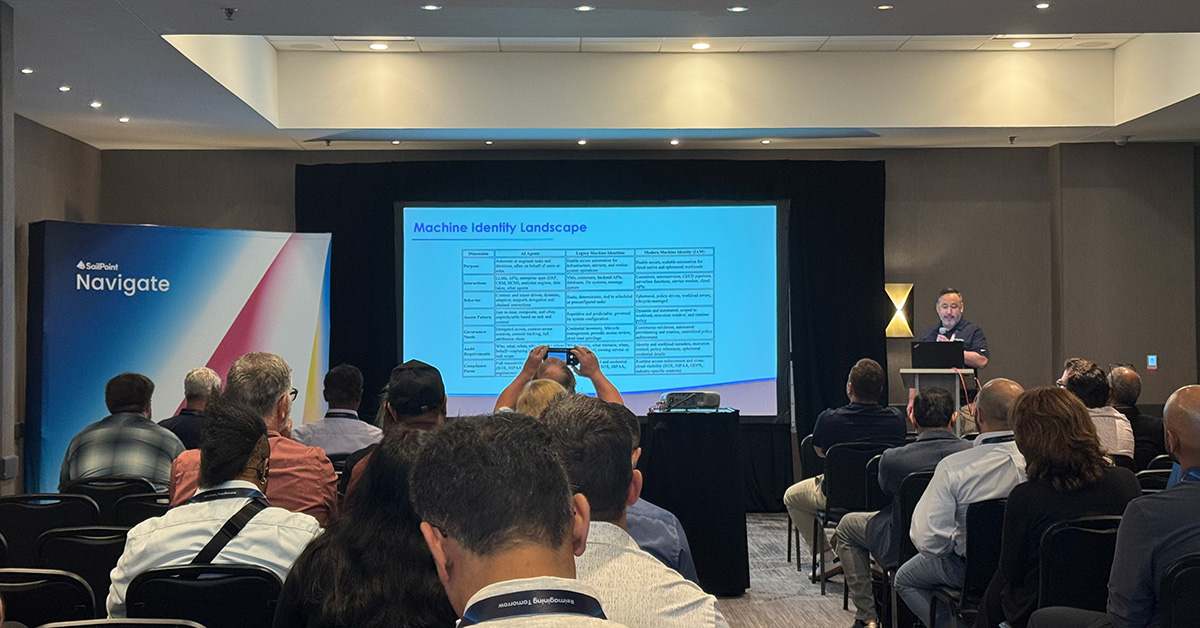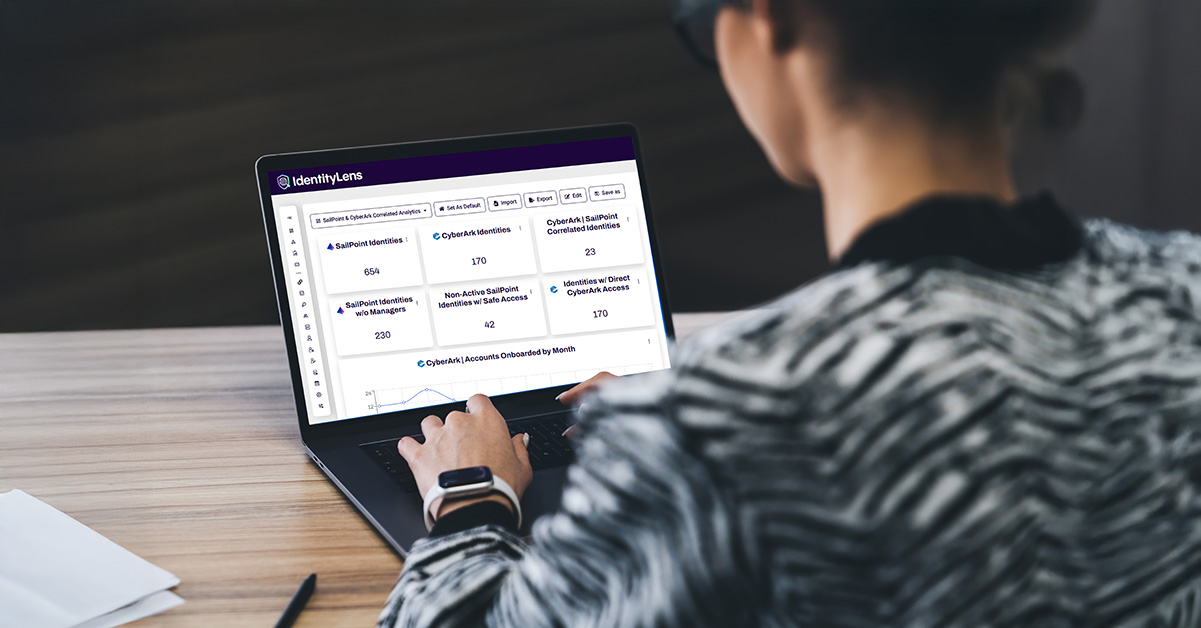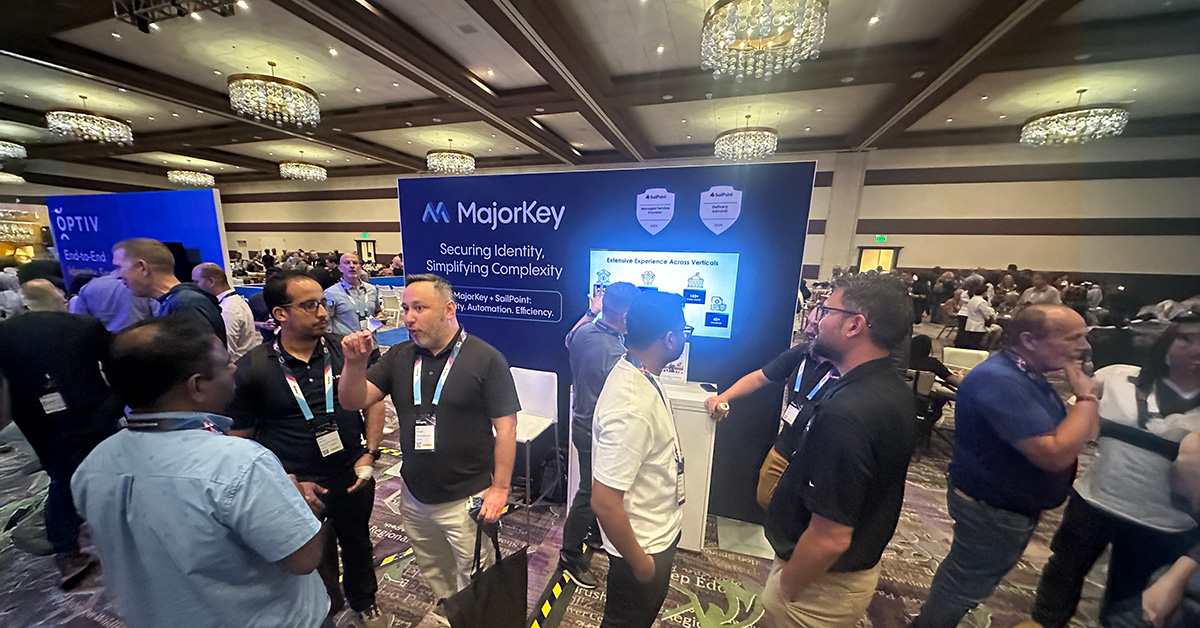Cloud Entitlement Discovery and Inventory: Navigating Access Control in the Cloud
January 31, 2024
|
Duration:
4
min READ

Cloud entitlement discovery and inventory are essential for ensuring robust security in cloud environments. By identifying and cataloging access rights, organizations can manage risks, enforce least privilege, and maintain a clear, accountable record of who can access and modify specific resources.
This article addresses the significance of discovery and documentation, CIEM tools organizations can use to help identify and map entitlements, and the vitality user roles play in a cloud environment.
The importance of discovering and documenting cloud entitlements
Discovering and documenting cloud entitlements is vital for security and compliance. Proper documentation ensures clear understanding of access rights, helps enforce the principle of least privilege, facilitates swift incident response, and aids in maintaining regulatory compliance by demonstrating controlled and accountable access within cloud environments.
7 ways discovering and documenting cloud entitlements is vital to an organization’s cloud security program
- Security: Understanding which entities (users, applications, or services) have what permissions is the first step in identifying potential vulnerabilities and security gaps.
- Implementing Least Privilege: Understanding what permissions are currently in place is the first step to implementing least privilege
- Compliance: Proper documentation is often a necessity for audits to demonstrate who can access and modify data
- Operational Clarity: Documenting entitlements provides a clear map of the cloud environment, helping teams understand data flows, access points, and potential bottlenecks or points of failure.
- Incident Response: When security incidents occur, a documented record of entitlements can expedite investigations, helping teams understand what the compromised accounts had access to, the relationships between the accounts and entitlements and what actions they might have taken.
- Optimization: Over time, permissions can become outdated or redundant. Regularly reviewing documented entitlements helps streamline permissions, ensuring optimal performance and reducing unnecessary costs.
- Accountability: Documenting who has access to what ensures there's a record of responsibility. If issues or misconfigurations arise, teams can quickly pinpoint who had the requisite permissions and address the situation more effectively.
How CIEM solutions help with identifying and mapping entitlements
CIEM tools play a pivotal role in identifying and mapping entitlements across cloud environments. These tools offer a comprehensive solution for managing permissions, roles, and entitlements in a way that traditional Identity and Access Management (IAM) solutions may not fully address in cloud contexts. Helpful CIEM tools include:
- Centralized Visibility: CIEM tools consolidate entitlement data across various cloud services and platforms, offering a unified view of who has access to what. This centralized visibility is essential for large enterprises that use multi-cloud or hybrid cloud architectures.
- Automated Discovery: CIEM tools can automatically discover and catalog all roles, users, and permissions within the cloud environment. This ensures that no entitlement goes unnoticed, even in dynamic and expansive cloud settings.
- Granular Mapping: These tools map permissions at a granular level, ensuring that even subtle entitlement nuances, like conditional permissions, are captured.
- Visualization: One of the strengths of many CIEM solutions is the ability to visualize entitlement relationships. This means organizations can view complex relationships between users, roles, resources, and permissions in graphical formats, making it easier to identify issues or redundancies.
- Anomaly Detection: By understanding typical access patterns, CIEM tools can detect anomalies such as sudden escalations in permissions, unusual access requests, or changes that deviate from established baselines.
- Risk Scoring: Some CIEM solutions assign risk scores to specific entitlements based on potential security implications. This helps organizations prioritize remediation efforts on the most critical vulnerabilities.
- Historical Analysis: CIEM tools keep track of historical entitlement data, allowing organizations to review changes over time, understand access trends, and track the evolution of entitlements.
The importance of user roles
User roles are fundamental in the context of CIEM as they serve as the baseline for understanding, managing, and securing entitlements within cloud environments.
6 reasons why user roles are vital to CIEM
- Principle of Least Privilege: User roles help group sets of permissions, making it easier to grant and monitor access based on job functions or responsibilities.
- Audit and Compliance: User roles in CIEM offer a structured way to demonstrate compliance during audits, showing that users have appropriate and limited access.
- Enhanced Security Posture: Well-defined user roles reduce the chances of accidental data exposure or malicious actions by ensuring users can't access resources irrelevant to their job.
- Efficient Onboarding and Offboarding: When new employees join or leave, user roles make it efficient to grant or revoke access.
- Dynamic Adaptation: Modern CIEM solutions can dynamically adjust roles based on usage patterns. If a user's behavior diverges from the typical actions of a role, CIEM can flag this for review, helping identify potential security threats or misconfigurations.
- Reduced Permission Creep: By regularly reviewing and adjusting user roles within CIEM, organizations can combat this permission creep.
User roles are the backbone of CIEM strategies, facilitating the effective management of cloud entitlements, enhancing security, ensuring compliance, and boosting operational efficiency. Properly managed user roles in CIEM help organizations strike the right balance between agility and security in their cloud environments.
Final Thoughts
Discovering and documenting cloud entitlements through CIEM is an effective way of reducing business risks and enabling compliance by demonstrating control and accountable access within an organization’s cloud environment.
Authors

Privileged Identity
No items found.
No items found.
.svg)



















.svg)
